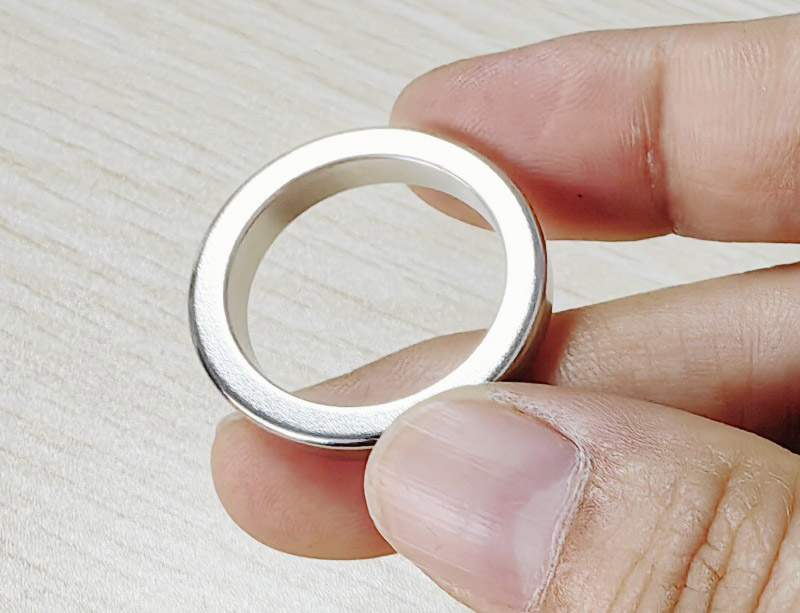Why do I feel like my magnets are less magnetic? What is this? Below is a list of some of the reasons why magnets become less magnetic, so let's see which one you belong to.
The first situation, the temperature rises
High temperature will destroy the internal structure of the magnet, so that its magnetic properties weakened or completely disappeared, different materials have different heat resistance, for example, NdFeB magnets are very sensitive to temperature, especially afraid of high temperature. If a piece of ordinary performance (N35) NdFeB magnet is exposed to temperatures above 80℃ for a long time, its magnetic force will be significantly reduced, and may even be completely demagnetized above 150℃.
The picture below is a common ring-shaped rare earth neodymium magnet.

Scenario 2, oxidation and corrosion
If the magnet is exposed to a humid environment, this may lead to corrosion, which not only physically erodes the surface of the magnet, but may also lead to the separation of the magnetic domains and a subsequent weakening of the magnetic properties.
Scenario 3, mechanical shock
Strong vibrations or shocks can change the internal structure of a magnet and thus affect its magnetic properties. If a magnet is dropped repeatedly on the ground (falling from a height), especially a fragile NdFeB magnet, its magnetism may gradually weaken or even break.
Type 4 common, external magnetic field interference
When a magnet is exposed to a strong, oppositely directed magnetic field, the internal magnetic domains may rearrange themselves, resulting in a weakening or loss of magnetism. For example, placing a magnet next to a strong electromagnet may cause its magnetism to weaken.
The above 4 situations are the most common, and others, such as the magnet missing edges and corners can also lead to weak magnetism, understanding the above situation can help us to better maintain the magnets to ensure that they maintain good magnetic properties.
Other common magnet problems;
 China Neodymium And Ferrite Magnets Manufacturer & Supplier
China Neodymium And Ferrite Magnets Manufacturer & Supplier 


